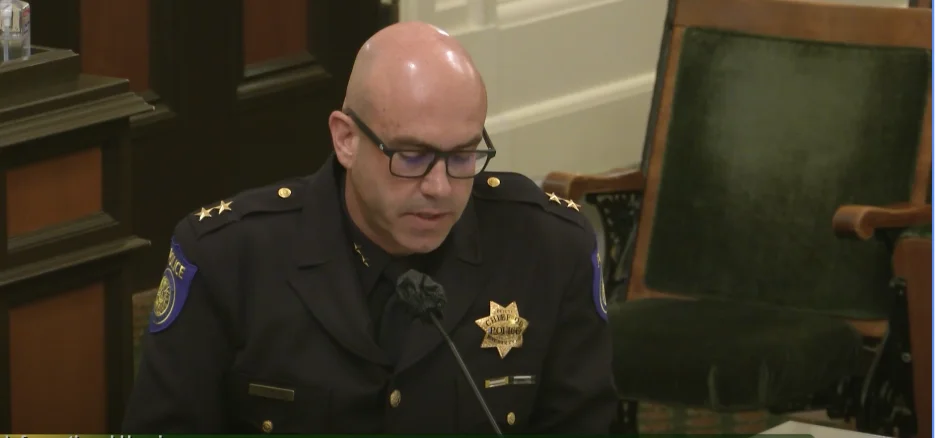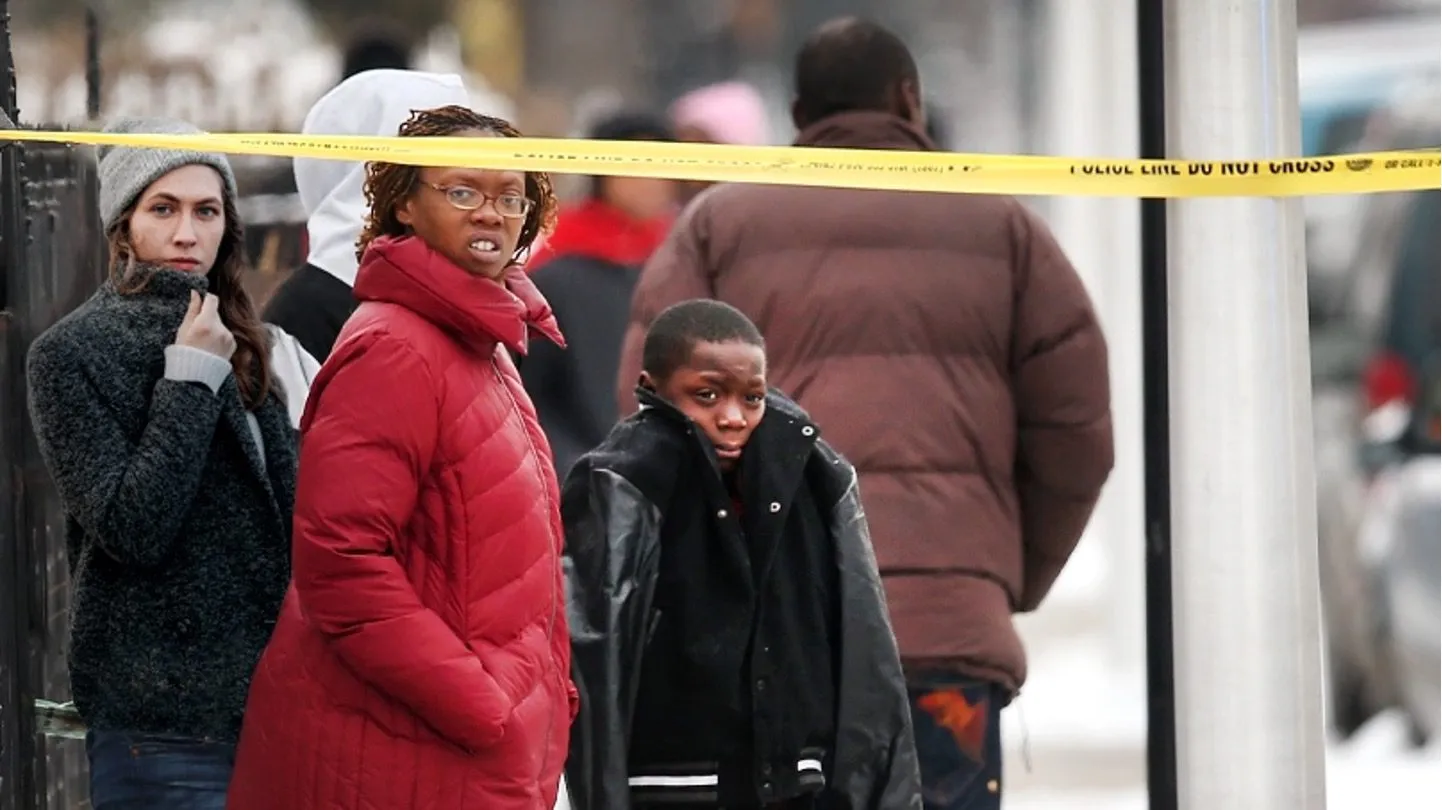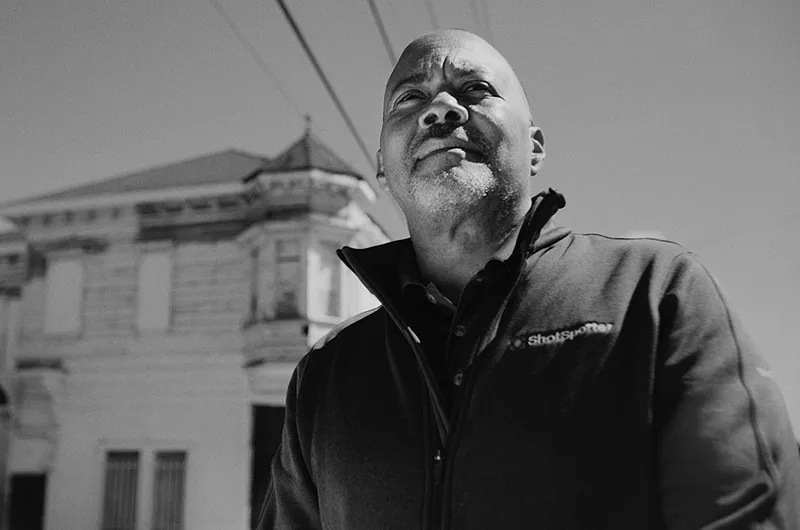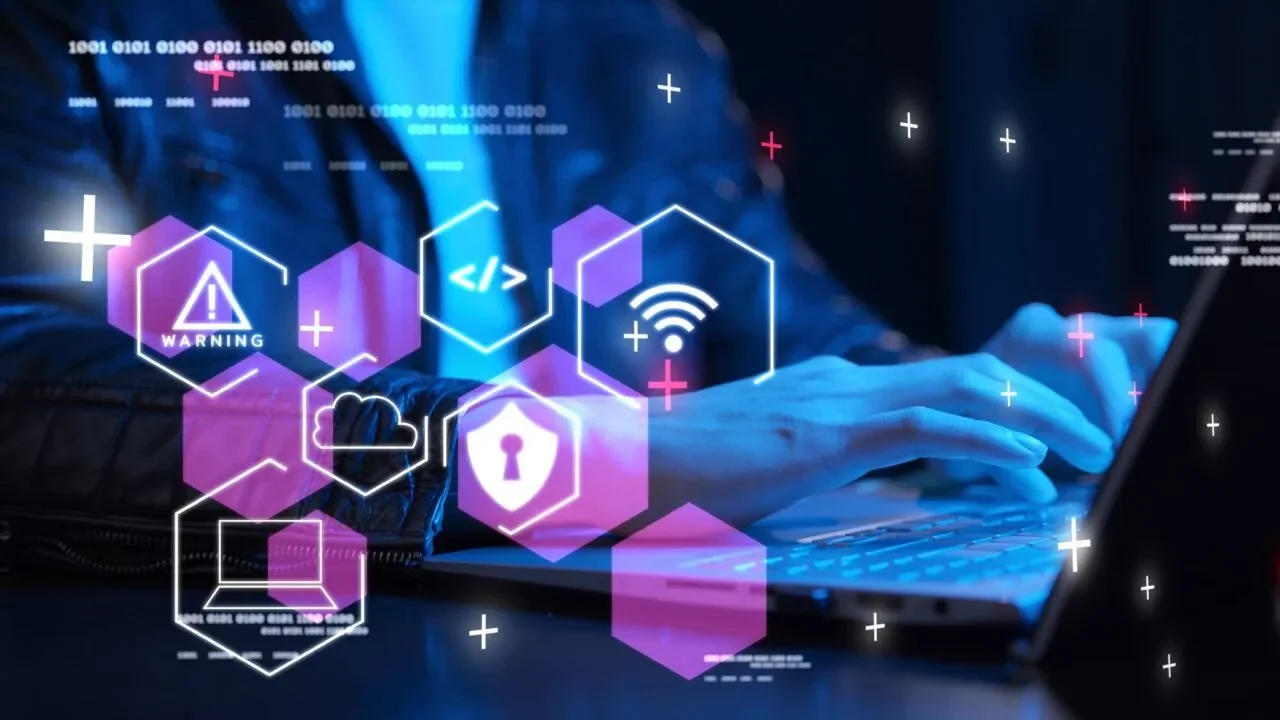The other technology panels included license plate readers, facial recognition, and geo-fencing for cell phone number capture. For the first portion of the ShotSpotter panel, former ATF Associate Deputy Director and SoundThinking™’s VP of Analytics and Forensic Services Tom Chittum provided an overview of ShotSpotter’s effectiveness, as well as its impact, accuracy, and privacy protections. Deputy Police Chief Steve Olivera from the Sacramento Police Department then provided remarks, followed by Brian Hofer from the Oakland Privacy Commission, and Beryl Lipton from the Electronic Frontier Foundation. Here were some of the highlights:

Testimony from Tom Chittum, VP Analytics and Forensic Services at SoundThinking and former ATF Assoc. Deputy Director
- SoundThinking recognizes that community input is essential.
“SoundThinking believes that the decision to deploy police technology should have democratic approval based on public information about its potential benefits and its harms, and that process should include the communities most likely to be impacted by it.” - 80 percent of gunfire incidents are never called in to the police and ShotSpotter provides a better way for the community by filling in the data gap.
“Many communities have grown numb to the sound of gunfire and have resigned themselves to living with it, or they fear retaliation if they cooperate with the police, or they think that someone else will call, but no one else does. That means police do not even know about 4 out of every 5 shooting incidents that occur.” - ShotSpotter uses acoustic sensors throughout a coverage area that work 24×7 to detect loud, impulsive sounds.
“An algorithm filters out sounds that are not gunfire, then a trained human reviewer analyzes the sound, studies visual waveforms, and examines other data to confirm that the sound is, in fact, gunfire. Only then does ShotSpotter notify police of the event. That entire process takes less than 60 seconds.” - ShotSpotter alerts provide tactical intelligence.
“When ShotSpotter notifies police of a shooting, the alert shares the location within 25 meters and provides audio clips so police can listen to the gunfire for themselves. ShotSpotter is often able to provide important tactical intelligence, like whether the shooting involved a high number of rounds, a machine gun, or a moving shooter such as in a drive-by.” - The benefits are not theoretical: ShotSpotter alerts save lives.
“In Oakland, between 2020 and 2021, ShotSpotter led police to 177 gunshot victims where no one had called 9-1-1, saving the lives of many of them. Similarly, in the last two years, Pittsburgh Police credit ShotSpotter with leading them to 13 gunshot wound victims when no one called 9-1-1. This happens all the time.” - SoundThinking technology has always been focused on the importance of privacy protections.
“That is why SoundThinking voluntarily sought an independent review of its policies and procedures by NYU Law School’s Policing Project. SoundThinking gave them unfettered access to all of its systems and complete editorial control over the resulting report, which is publicly available. They described SoundThinking’s approach as ‘an important model for improving the transparency and accountability of policing technologies across the country.’

Testimony from Deputy Chief Steve Oliveira, Sacramento Police Department
- ShotSpotter technology has been used by the Sacramento PD for 7 years and is often the only notification of gunfire received by police.
“Between 1/1/19 and 5/31/22, 81 percent of ShotSpotter activations had no associated 9-1-1 call from a community member. In these instances, 2,516 shootings would have likely had no police response due to a lack of reporting.” - In this same time period, over 500 NIBIN leads were developed, linking the expended shell casings with other shootings, firearms, and suspects
“Without the ShotSpotter system, a sizable number of these leads would not have been generated due to the fact that the originating shootings would have gone unreported.” - ShotSpotter technology has the power to deter shootings. “Utilizing ShotSpotter analytics, officers can identify shooting patterns and specific regions being impacted by shootings. This allows commands to use an evidence-based approach in prevention efforts and legitimizes proactive efforts to reduce gun violence.”

Remarks from Brian Hofer, Chair of Oakland’s Privacy Advisory Commission and Chair, Executive Director of Secure Justice
- ShotSpotter is not a concern from a privacy threat assessment standpoint.
“Some technology is fairly benign or less threatening from a privacy threat assessment, I consider ShotSpotter to be one of those, especially with the more recent moves.” - ShotSpotter’s medical impact is a big deal.
“There is legitimate data as to the medical care being rendered to a victim where no gunshot report from the public occurred. In other words, but for the alert, medical care had been rendered slower or not at all.”

Remarks from Beryl Lipton, an investigative researcher from the Electronic Frontier Foundation
Lipton’s remarks included some criticisms of ShotSpotter related to its usefulness and suggesting cities halt the use of the technology altogether. She advocated for cities to focus their energy on providing safeguards surrounding gunshot detection technology including: policies, audits, and public transparency, and to honor privacy protections. In particular, Lipton said:
- “Police departments must provide detailed and clear policies and reporting requirements around proper use of reports generated by ShotSpotter.”
- “There needs to be regular audits of access to the systems, and clear metrics established for the purpose of calculating its effectiveness at improving police responses.”
- “There needs to be public access and transparency around the way that gunshot detection systems are funded, adopted, deployed, and utilized.”
In response, California State Assembly member Bill Quirk countered Lipton’s claims with: “The usefulness of [ShotSpotter] I don’t think is in question,” before adding he agreed that additional transparency from SoundThinking, as well as a commitment to continually improve the ShotSpotter technology, was both necessary and needed. SoundThinking is in agreement with both of Quirk’s requests. The company promotes rigorous internal training processes and is committed to continuous improvement as well as maintaining a culture of transparency and honoring privacy protections.
At the end of the day, community members who live in areas of persistent gun violence want ShotSpotter in their neighborhoods. The University of Cincinnati conducted an independent community sentiment survey with residents living in an area covered by ShotSpotter and found that 95 percent thought it was an effective way to fight crime and 89 percent recommended it to other neighborhoods. The Morning Consult, similarly, found that 3 in 5 adults support the use of gunshot detection technology. Given that most gunfire incidents are not called into 9-1-1, technology like ShotSpotter improves community safety, honors privacy protections, and bolsters peace of mind.
Watch the entire public safety informational hearing here.





